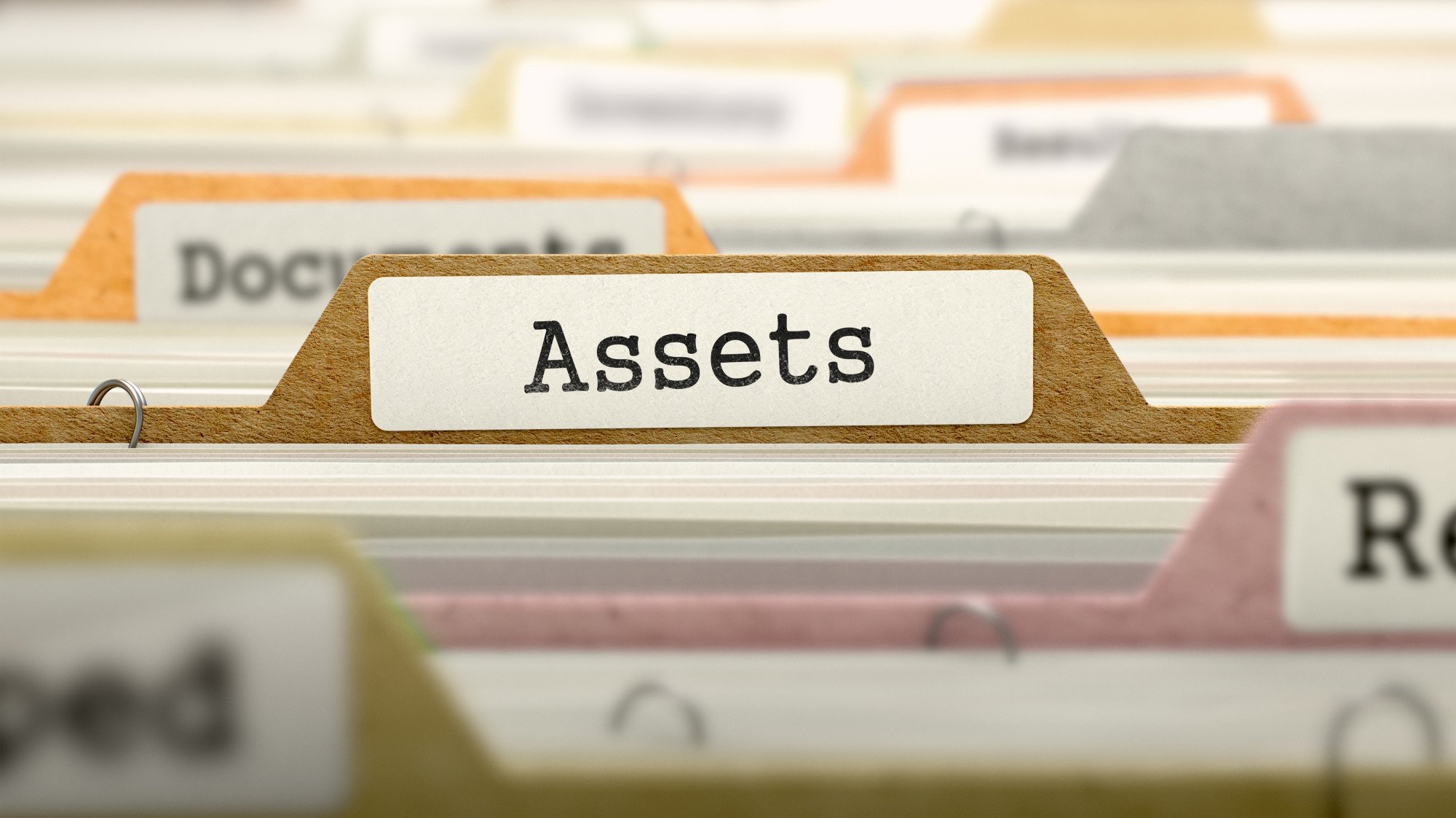

Your financial security can have a big impact on your quality of life both practically and emotionally. Being under financial pressure can be a huge source of stress. Unfortunately, 39% of Canadians under 65 experience that financial pressure on a regular basis.
If you are struggling with your finances help is at hand. In fact, there are plenty of great day-to-day money-saving tips that can help you get back on track.
Want to know more? Then you’re in the right place! Read on to find out our top ten tips for how to save money.
1. Create a Budget
When it comes to saving, planning is key and this is where a budget can help. If you don’t already have one then don’t panic you’re in good company — 29% of Canadians have never used a financial budget.
Knowing how to budget allows you to look at the money you have coming in so that you can spend it wisely. To do this, you will need to know:
- Your monthly income
- Any fixed outgoings such as rent, utility bills, or mortgage payments
- Any variable outgoings such as groceries or social spending
- Any long-term financial goals that you have (more on these in a moment)
You should start by subtracting any fixed outgoings from your income so you know how much you have left to work with. From this, you can decide how much you can realistically survive on and how much you can put aside in your savings.
If you need budgeting help, you might want to focus on a weekly budget. This makes keeping track of your money more manageable. Using a cash envelope rather than your bank card can also help you stay on top of your budgeting.
2. Focus on Long-Term Financial Goals
Saving money can be difficult if you don’t have something to focus on. This is why setting long-term financial goals can really help.
For example, you might want to start saving for a deposit on a house or start creating an emergency fund. Putting a little aside for these pots on a regular basis can really help. It is a good idea to schedule when you are going to do this so that you stick to your saving plans.
Having a long-term financial goal can also help you keep on track with your budgeting. After all, thinking about the long-term benefits will make short-term sacrifices feel worthwhile.
3. Rethink Your Expenses
When it comes to budgeting, you don’t have to cut things out completely. Rethinking your expenses means that you can still make the most of things that you enjoy while spending money.
For example, rather than grabbing a coffee on the go, make one to take out with you. Canadians who buy coffees from shops spend around $1,600 a year on their caffeine fixes. So you could save a lot by making the switch!
You might also want to change where you shop. Planning your grocery list and switching to own-brand products can help you save on your daily essentials.
To cut down on other expenses, shop around for deals on your cell phone and utility bills. You could be paying a lot more than you need to!
4. Consider Your Banking Options
There are a few things to think about when assessing your banking options.
Firstly, you should check to see if your bank is charging you any hidden fees. These will appear on your statement as admin fees. If the bank has not disclosed these to you, you can challenge them and most banks will waive the fees.
You might also want to reconsider who you bank with altogether. Most banks offer new customers incentives such as:
- Cash bonuses
- Free subscriptions
- Interest-free overdrafts
So you could gain a lot simply by switching to a new bank.
5. Cut Down on Subscriptions
Speaking of subscriptions, it is worth reviewing how many you have. 67% of people in Canada have at least one subscription to a streaming service. These include:
- Netflix
- Disney+
- Amazon Prime
- Hulu
- Spotify
- Apple Music
- Audible
And that’s just to name a few!
These subscriptions might not seem very expensive but they can add up. For example, if you have three subscriptions worth $10.99 that’s $32.97 a month or nearly $400 a year!
When reviewing your subscriptions, check which ones you use the most and think about pausing those that you don’t get much out of. You can always renew your subscription once your savings are on track!
6. Use Coupons for Discounts
There are loads of great ways to use discounts and coupons now and going online is the first place to start. You can use the settings on a discount website or app to look for opportunities to suit you.
This might mean saving money on your groceries. Or it could be a discount on a luxury treat that you couldn’t otherwise afford. Coupons in particular are a great way to save money while still getting to socialize and have fun.
7. Adjust Your Saving Contributions
If you do have savings pots on the go that’s great. You will most likely have a regular monthly or weekly contribution to these.
However, if things are getting really tight you might want to adjust how much you put in your savings pots each month. This can help to relieve some financial pressure temporarily.
It is important that you are honest with yourself about getting your savings contributions. For example, don’t adjust these before you’ve cut down on daily expenses. That way you can protect your long-term financial security.
8. Set Up Automatic Payment Plans
Your utility bills are part of your fixed outgoings. The amount you pay might vary a little each month but you can’t avoid paying altogether.
Because of this, a lot of people try to keep their utility bills as low as possible by keeping energy usage to a minimum. For example, making sure you turn the lights off at night can keep your energy bill lower. However, this isn’t your only option.
Setting up an automatic payment plan with your utility company can save you a little on each bill. You can do this online or over the phone. These plans generally involve monthly or quarterly payments.
9. Try a No-Spend Challenge
If you’re struggling to stay on top of your expenses then you might want to try a no-spend challenge. This is quite an extreme form of budgeting but it can really help you rethink your spending habits.
Essentially, this involves making a list of things that you absolutely need to survive day-to-day life. This includes grocery and medical essentials.
The rule is that if something isn’t on the list, you cannot buy it. So things like clothes and expensive beauty products become luxury items.
Some people may let themselves buy non-essential items if they are second-hand. For example, if you enjoy reading and want to buy a new book, you can save money by looking for this in a thrift store. Better still, borrow it from a friend for free!
This can make a massive impact on the way that you spend money and forces to you reassess your old financial habits. Once the no-spend challenge is over you may find that you are still spending less than before. This often happens when you have reconsidered how much you really need.
10. Be Sustainable With Your Financial Goals
When you are struggling financially, it can be tempting to go to budgeting extremes to get on top of things. This often happens because you want to see a rapid change in your financial situation.
It is, however, important that you approach your finances in a way that is sustainable. Doing a no-spend challenge for a month can help you get on top of things quickly. But you don’t have to be this extreme with your long-term budget.
Creating an unrealistic budget can leave you feeling miserable and more stressed than before. It is important to be kind to yourself when putting this together.
For example, you still deserve a social life even though you are budgeting so allow some room for this. You can combine this with looking for alternative ways to socialize without spending loads of money. That way you can enjoy the best of both worlds and your budget won’t totally control your life.
Keep These Money-Saving Tips in Mind
When it comes to saving money, introducing small changes to your daily spending habits can make all the difference. These money-saving tips will help you get your finances on track in no time.
Are you in need of quick financial help? Then get in touch to speak to our team about your loan options today. We’re here to help.





